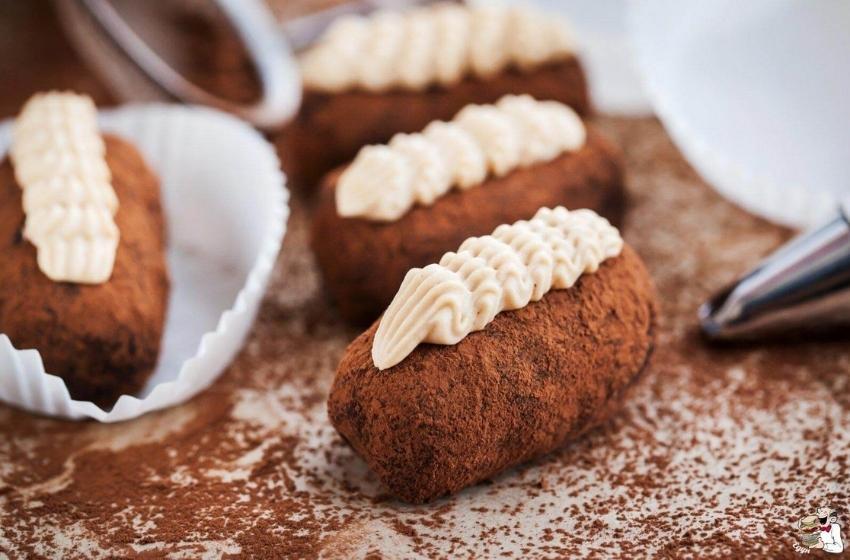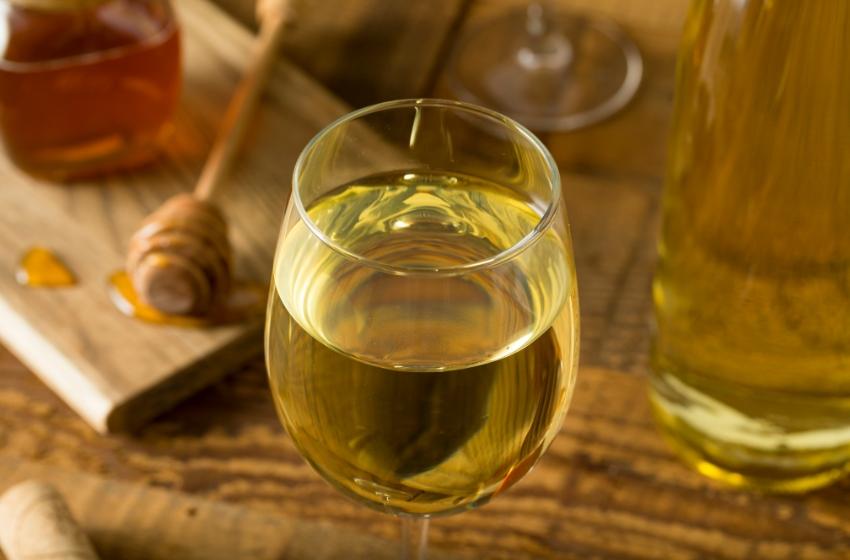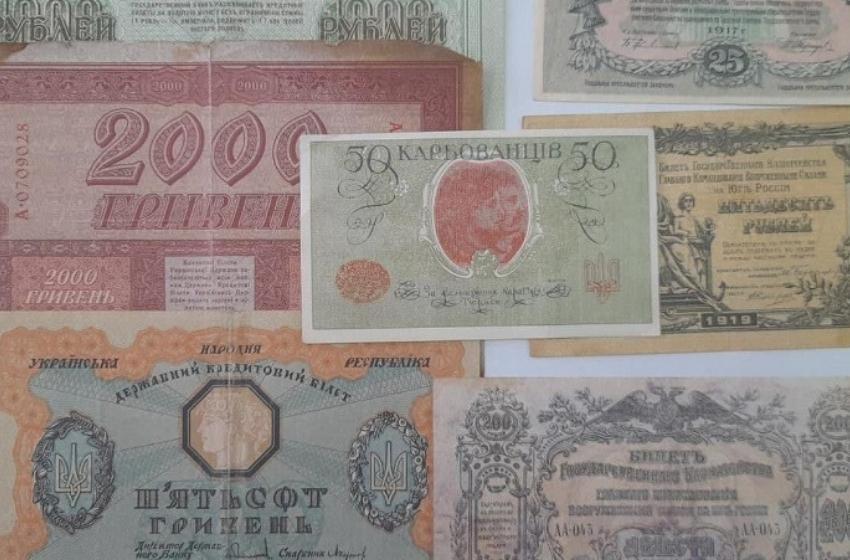The Kartoshka (Potato) cake has become a classic of Soviet desserts: it is easy to cook, all the ingredients are available. This delicacy was made by children, students, confectionery factories and restaurants. It's easy to find it in Odessa cafes.
The Kartoshka - Potato cake was not originally a self-sufficient dessert. It appeared at the beginning of the 20th century, in the kitchen of a thrifty pastry chef who was trying to breathe new life into cakes and pastry scraps.
"Recyclable materials" were mixed with cream, condensed milk, butter and formed balls or sausages from the resulting consistency. They were dipped in cocoa powder to mask their unattractive appearance. It seemed to someone that they resemble tubers in the ground in this form - and this is how the name was born. In Soviet times, "Potato" became an independent confectionery unit: now it was cooked purposefully, and not just in an attempt to save priceless crumbs.
In the recipes for professional chefs, there has always been a postscript on the recalculation of weight and compensation for the yield of products at the expense of "Potatoes".


A significant difference was that the Soviet cake was not made from stale or expired products but the leftovers and scraps of fresh cakes mixed with butter, sugar, milk, and eggs.
Soviet housewives slightly changed the recipe, replacing the biscuit with cookies, gingerbread and vanilla crackers. And butter and eggs were often replaced with easy-to-use condensed milk. Each family had its own classic recipe for the Potato cake: with chopped nuts, raisins, candied fruits, honey.
You can often find a note that the history of the creation of the Potato cake began in Finland at the beginning of the 19th century in the family of the poet Johan Ludwig Runeberg. Allegedly, his wife Frederica came up with a quick dessert of crushed bread crumbs, wheat flour, sugar, butter, sour cream and almonds. The cake was decorated with jam.


Outwardly, the desserts are similar, but the recipes were radically different: Runeberg's cake was baked from flour, but "Kartoshka" was made from the ready-made biscuit. And the use of chiseled rusks in baking cannot be called innovation: in Russia, desserts made from wheat and rye rusks were described in cookbooks as far back as the end of the 18th century.





















